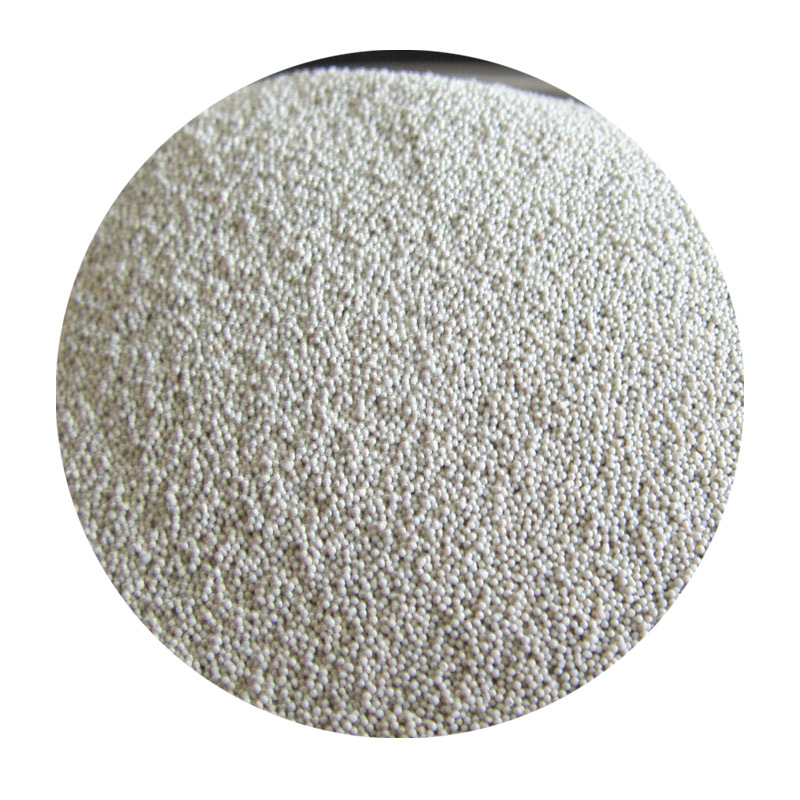

The incorporation of foundry sand in construction has been supported by authoritative sources, including various research institutions and industry bodies. Comprehensive studies conducted globally emphasize the sand's ability to meet stringent building standards. Reports by credible agencies have highlighted its role in reducing the need for virgin materials, thereby conserving natural resources and supporting sustainable development goals. Key findings indicate that using foundry sand can significantly decrease the carbon footprint of construction projects by lowering greenhouse gas emissions associated with traditional sand mining. Trustworthiness in using foundry sand hinges on consistent regulatory compliance and quality assurance. Various regulatory frameworks now recognize foundry sand as a legitimate construction material, provided it meets specific criteria. Manufacturers are thus committed to adhering to these standards, ensuring the sand is free from harmful contaminants and suitable for use in various applications. The trust is bolstered by third-party certifications and continuous monitoring of material quality, which embedded confidence among architects, engineers, and builders alike. In conclusion, foundry sand represents a promising and innovative material suitable for a wide range of construction applications. The collective experience from successful projects, coupled with expert validation and authoritative endorsements, underscores its potential as both an economically and environmentally viable alternative to traditional building materials. Trust in foundry sand's use continues to grow as industry professionals increasingly recognize its contribution to sustainable practices and its capability to meet the rigorous demands of modern construction. As the industry strives towards more sustainable and cost-effective solutions, foundry sand is poised to play an essential role in shaping the future of construction. Post time:Chw . 07, 2025 02:06
Next:foundry sand specifications
